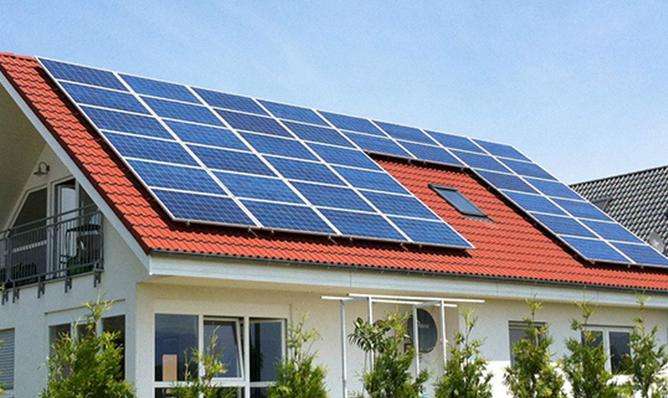If you want to test from a quantitative perspective, you need to have an experimental testing environment.
While this is just a rough estimate, it is recommended to test the output power at rated voltage under the strongest sunlight at midday. But it will usually be less than the rated power, because typical sunlight is less than the conditions it is tested under. Generally, midday sun in summer is closer to the experimental test conditions.
What are the testing standards for thin film photovoltaic modules?
Solar power is a solar power generation panel, also called photovoltaics, and a battery is what is often called a battery. It's not the same thing.
Solar energy production panels are tested based on their conversion capabilities, and the energy production efficiency of the crystalspolysilicon aux and single silicon crystals is also different.
As for the battery. If it can store electricity and has a long lifespan, it is naturally good.
Test standards generally prescribed for electrical performance testing of amorphous silicon solar cells are as follows:
①AM (air-mass air mass), defined as: Length of the path through the atmosphere versus The vertical thickness of the atmosphere is the ratio of the actual distance of light through the atmosphere to the vertical thickness of the atmosphere. AM1.5 means that the actual distance light travels through the atmosphere is 1.5 times the vertical thickness of the atmosphere.
②1000W/m2 is the standard test solar cell light irradiance.
③25? C means working at a temperature of 25? C. The efficiency of solar cells will decrease as the temperature increases when they areusage, and the output voltage, current and power during operation can be obtained from the temperature coefficient.
Finally, let me tell you whether your thin film photovoltaic cell module is a small module for laboratory use or a large module produced industrially and sold in the market for real use. The specialized testing equipment required for these two components is different.
Relevant national standards refer to GB/T11011-1989














